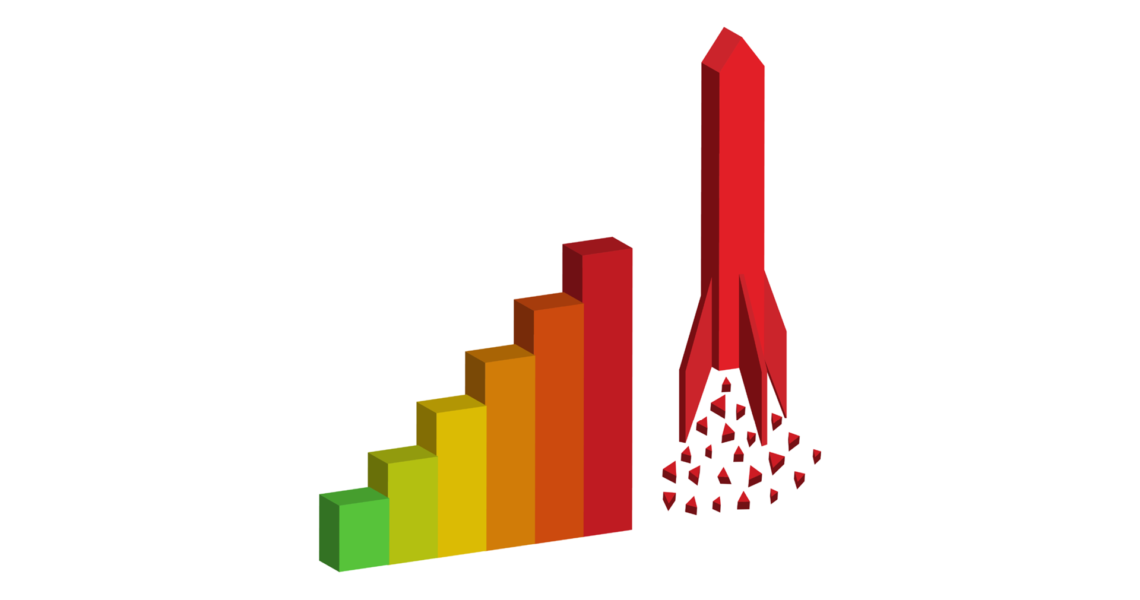Among many other phenomenon relevant to business, Scanfil follows closely inflation, interest rates and foreign exchange rates, their changes and forecasts.
“In 2022, we have faced pretty sharp increases in prices and interest rates. Also currency volatility has increased significantly”, says Juho Saarinen, Scanfil’s Head of Treasury and Tax. “Interest rates are up due to the inflation, and it has been expected to calm down a bit in 2023 as central banks are raising their key bank rates“.
Inflation
After more than a decade of very low inflation numbers, economies across the board have suddenly faced rapidly rising inflation rates and expectations. Even though this development is a combined result of many different factors, clearly the prolonged ultra-light central bank monetary policies have long ago created a favorable ground for inflation to finally pick up. The situation has been escalating fast in 2022 by the sharp rises in energy prices, driven especially by Russia’s attack on Ukraine. OECD forecasts inflation to calm down in 2023 but in the current market environment all forecasts are characterized by strong uncertainty.

Interest rates
Interest rates are on a sharp rise especially in the west following the strongly inflationary environment of world economies. Both the ECB in the Euro area as well as the FED in the U.S. have been raising their key rates very steeply in 2022, and reference rates have been following suit. Rising rates have increased borrowing costs substantially, as well as caused strongly lowered expectations for economic growth in 2023.

Currencies
The strong risk-off sentiment of the world economy, characterized by rising inflation and interest rates as well as by declining growth, has resulted in an increased demand for safe-haven currencies in the foreign exchange market during 2022. In this context the US dollar has been appreciating strongly across the board (U.S. Dollar Index +15.5%, EUR/USD -12.5%, USD/CNY +13.54%). On the other hand, smaller currencies have been clearly suffering, with e.g. EUR/SEK having gone up by some 6.3% and EUR/PLN by around 2.4%. Currency developments are notoriously difficult to forecast but generally banks foresee some normalization in the foreign exchange market in 2023 with currency pairs reversing some of their 2022 developments.

